While studying at Queen’s University, Dr. Nathalie Nguyen-Quoc Ouellette, MSc’13, PhD’17, ran the Queen’s Observatory in Ellis Hall, organizing open houses and conducting tours to help the public better understand stars, planets, and the universe.
She still uses those community outreach skills, but today the telescope is much bigger.
Dr. Ouellette is the Canadian Outreach Scientist for the James Webb Space Telescope (JWST).
It’s a dream job to work with the $10-billion telescope project (launched in 2021) that is producing ground-breaking images and discoveries, such as finding water vapour plumes on a moon orbiting Saturn and locating the most distant supermassive black hole.
“I definitely hit the jackpot,” says Dr. Ouellette, who is also the deputy director at the Trottier Institute for Research on Exoplanets at the Université de Montréal. “I don't think I ever would've imagined being a part of such a revolutionary mission.”
Canada played a role in building the JWST and Dr. Ouellette helps promote Canadian-related aspects of the telescope. NASA led the design and development of JWST while partnering with the European Space Agency and the Canadian Space Agency. Canada spent about $200 million to develop several instruments for the telescope, and in return, Canadian scientists are allotted observing time.
Dr. Ouellette has many duties as the outreach scientist. One day she might help Canadian astronomers write a press release to promote their findings, while another day she might appear on TV to discuss a discovery made with the Canadian-made instruments.
Last year she was on the selection committee that decided which researchers studying galaxies were allowed time on the telescope. It’s hard to get access – this year Dr. Ouellette says only one in nine proposals will be accepted.
Dr. Ouellette says JWST is important because it is constantly making breakthrough discoveries – such as evidence of some of the oldest known groups of stars found by a group of Canadian astronomers – and the telescope is playing a role in trying to find life beyond our solar system.
When the Hubble Space Telescope was launched in 1990, exoplanets (a planet outside our solar system) had yet to be discovered. Today, there are more than 5,500 confirmed exoplanets, and JWST was designed to help in the search, including finding planets similar to Earth that could harbour life.
“James Webb is an exoplanet-studying machine,” says Dr. Ouellette. “And in one short year, we have just blown everything we've known out of the water. So, we're getting closer to finding the answer to ‘Are we alone out there?’ It also puts into question so much of the knowledge we thought we had about galaxy formation and evolution. There’s so much left to discover.”


